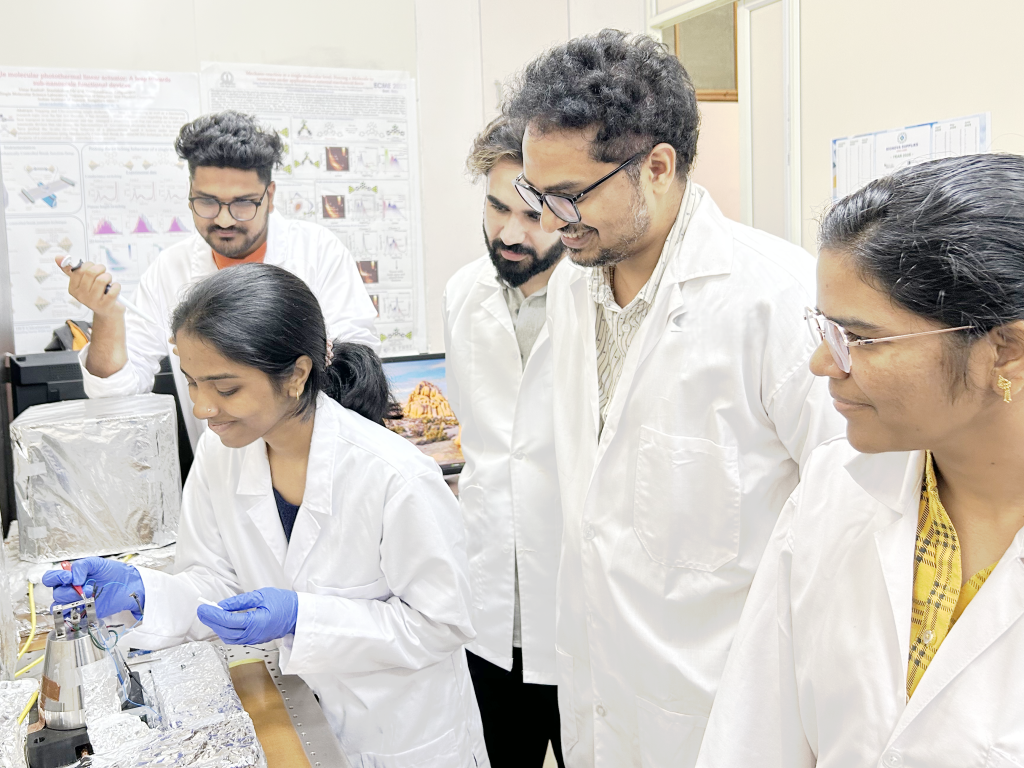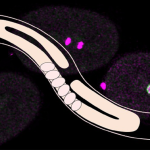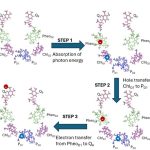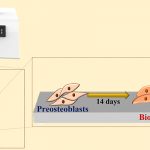
Enzymes are essential for various chemical reactions that sustain life. Their remarkable efficiency stems from finely-tuned active sites, which can control the reaction environment, irrespective of the reaction complexity.
Recent studies show that an inherent electric field present within the active site is pivotal in manipulating the energy landscape of chemical reactions. This electric field plays a major role in accelerating reactions by stabilising transition states, destabilising or stabilising reactants and products, and directing reactions along lower energy pathways. By harnessing this power, enzymes achieve extraordinary catalytic rates and selectivity. Synthetic chemists, too, can potentially exploit this electric field in the lab to achieve unprecedented selectivity and reactivity. However, there are significant practical challenges.
In a study published in the Journal of the American Chemical Society (JACS), Veerabhadrarao Kaliginedi’s team at the Department of Inorganic and Physical Chemistry (IPC) together with their synthesis collaborators at the Materials Research Center (MRC), P Rajamalli’s group, have created an artificial enzyme-like nanopocket in a custom-developed break junction setup (MCBJ). They used the MCBJ technique to show the influence of the electric field in a fundamental prototrophic tautomerisation reaction. Their MCBJ setup allows the trapping of single molecules from a pool of molecular solutions, and probing the charge transport property of metal-molecule-metal junctions.
The team used two atomistically sharp gold electrodes to create an enzyme active site-like environment around a single molecular junction in solution, by applying an electric field across them. The electrodes mimic the role of a protein scaffold in an enzymatic pocket. This nano pocket with a single molecule trapped in between can then be manipulated to initiate chemical reactions in potential organic molecules. The advantage of this is that it allows scientists to probe transformations simultaneously by tracking changes in the conductance signature of single molecules at high temporal resolution. The team was also able to elucidate the role of the solvent shell in creating this single molecule nano pocket to drive the reaction at a particular electric field strength.
The study also highlights the importance of understanding how the inherent electric field also influences the electronic configuration or conformation of different organic substrates that will eventually take part in the reactions. Such studies can also help scientists better understand electric field-induced general chemical reactions and reveal atypical chemical transformation routes. The findings also point to the idea of designing molecular switches triggered by an external electric field.
This study was highlighted on the cover page of JACS.







